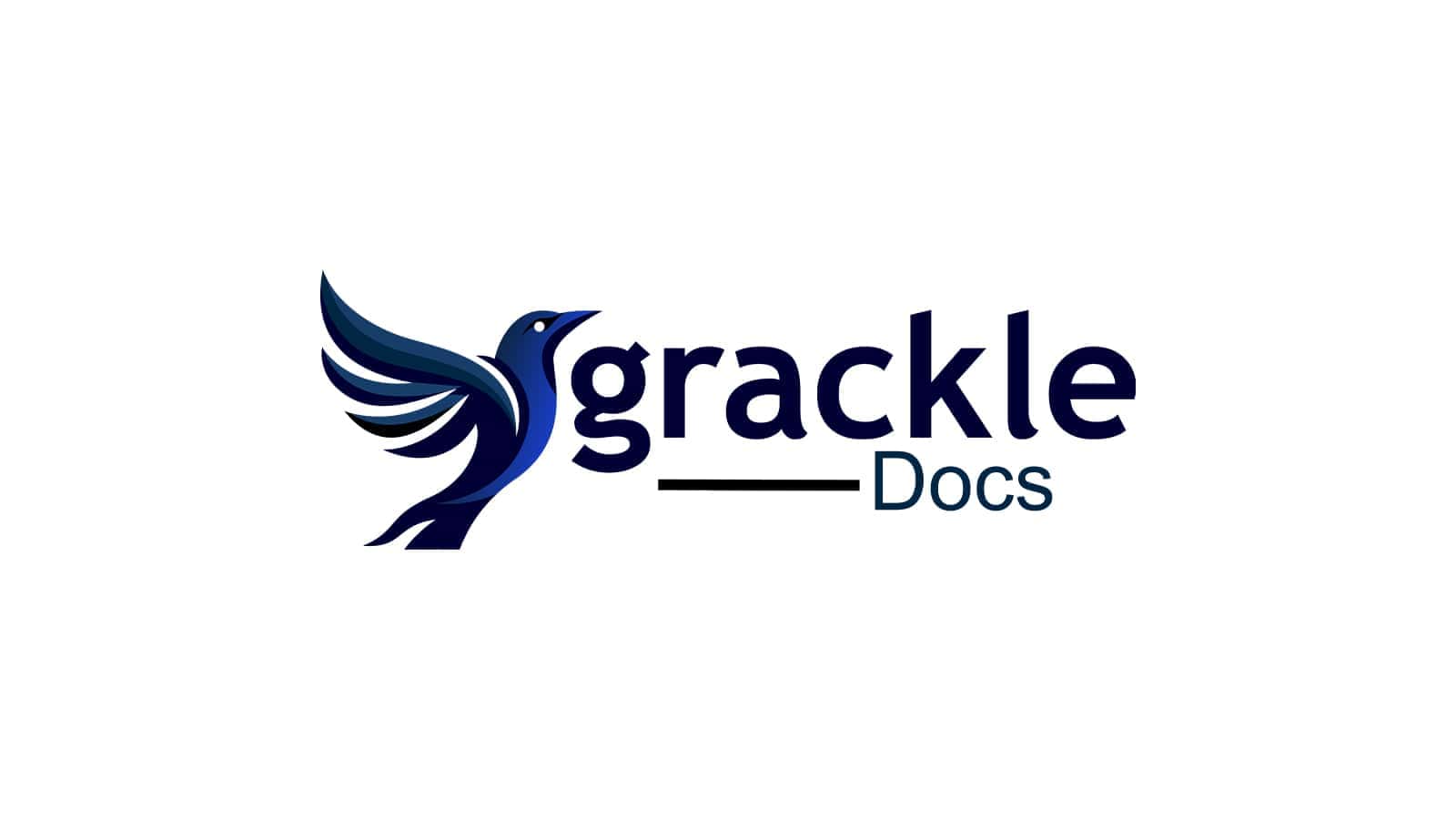Every year around September, the W3C’s Technical Plenary and Advisory Committee meetings (TPAC) take place somewhere around the globe. I’ve been lucky enough in my role as Advisory Committee representative to attend TPAC several times, including this year in Seville, Spain. The week of TPAC is filled with face-to-face meetings for Working Groups, a day of ‘breakout’ sessions, the advisory committee meeting and, of course, the usual networking that follows long days of hard work. There are far too many takeaways to talk about everything I learned over TPAC, but I’d like to share a couple of updates.
You’ll probably be surprised to find out that WCAG 2.2 wasn’t spoken about in the Accessibility Guidelines Working Group (AGWG) meeting very much at all. That’s because we’re getting very close to being able to publish the updated version as a recommendation by the W3C. I believe we will have the final recommendation published by the end of this month. AGWG is resolving some formal objections from the W3C membership, with most being addressed over the last few days. Of course, there could still be delays, but we really are at the pointy end this time.
Much of the AGWG work conducted at TPAC was around switching the focus to WCAG 3.0. We are still a long way off for this rethink of the accessibility guidelines, but the work focused on what will still fit from our current version– albeit in a different way, where the gaps are and expanding on some research needs.
I also spent time with the Education and Outreach Working Group (EOWG), and the focus of the work there is on Easy Checks getting an update. If you haven’t heard of Easy Checks, they are a fantastic way to conduct a few quick and easy accessibility tests. It’s not an audit or a definitive measure for accessibility, but I highly recommend them for a high-level quick check. While they are easy to do, they need a bit of an uplift. I’m pleased to see we’re moving away from third-party tools to do the checking and aiming to use bookmarklets to help everyday users run these simple checks. Use cases are also being updated for Easy Checks, which is guiding EOWG’s decision-making. What EOWG really need is feedback. If you are using Easy Checks in any capacity, please reach out to the EOWG Chairs about what you want or need in Easy Checks, what’s currently missing, what could change, etc.
Aside from Working Group days, I also attended a few ‘breakout’ sessions. One of those sessions was on Edge technologies by the Accessibility at the Edge Community Group, which looks at improvements to internet accessibility via “edge computing.” This conversation is always interesting as the topic of overlays is controversial at best in the accessibility world. In fact, the need to move away from the term overlays was noted, as it’s such a loaded word now. The discussion was interesting, and there was an overall feeling that facilitating better personalisation, particularly the potential for a future where one can make their preferences once and have it saved in a portable profile of sorts, has potential. However, there are areas of concern to consider as well. Privacy was mentioned fervently, as well as where edge/overlay technologies should live. The argument is that user agents (browsers) could be a more complete way of handling personalisation. For example, your browser profile can allow your settings to be applied across environments. Not only that, but tech ecosystems such as Apple, Google, or Microsoft users have the potential for personalization to be shared across platforms and devices. Ultimately, it seems there needs to be even more collaboration with these user agents than there already is.
One of my favourite breakout sessions was on the W3C Accessibility Maturity Model. A Maturity Model gives you the ability to assess and then track accessibility progress over time. There are now seven dimensions to assess as part of W3C’s Model: Communication, Knowledge and Skills, Support, ICT Development Lifecycle, Personnel, Procurement and Culture. Currently, the Working Group is looking for more organisations to try the Model and provide feedback on the scoring system.
Finally, a Chapter update. As a Chapter Manager for the W3C Australia Western Region Chapter, this breakout session had my contributions based on our activities over the past year and thoughts on what we’d like to achieve next. Since TPAC 2022, some additional resources have been created and shared amongst the Chapters, including videos for Benefits and Roles of W3C Members for AC Rep (available in English, Chinese, Japanese and Arabic) and W3C Groups and Joining Process. These resources add great value to Chapters and Members alike. The focus now is to renew strategic focuses for Chapters as we continue to grow these Offices in our respective regions. I am particularly keen to hear from our Australian members and would like to see from the Australian Chapters and would welcome comments, thoughts and ideas on how we can improve our member engagement with W3C and with fellow Aussie members.
On the final day of TPAC, I wrote on LinkedIn, “My cup is so full.” While it’s true we have long days and pack a lot of work into just one week; it is the recharge and refresh of being amongst some of my favourite and best industry colleagues that have me still beaming. Aside from the takeaways of the fantastic work happening at W3C, this is also my quick reminder to you to give yourself opportunities to recharge and refresh so you can be the best version of yourself.



